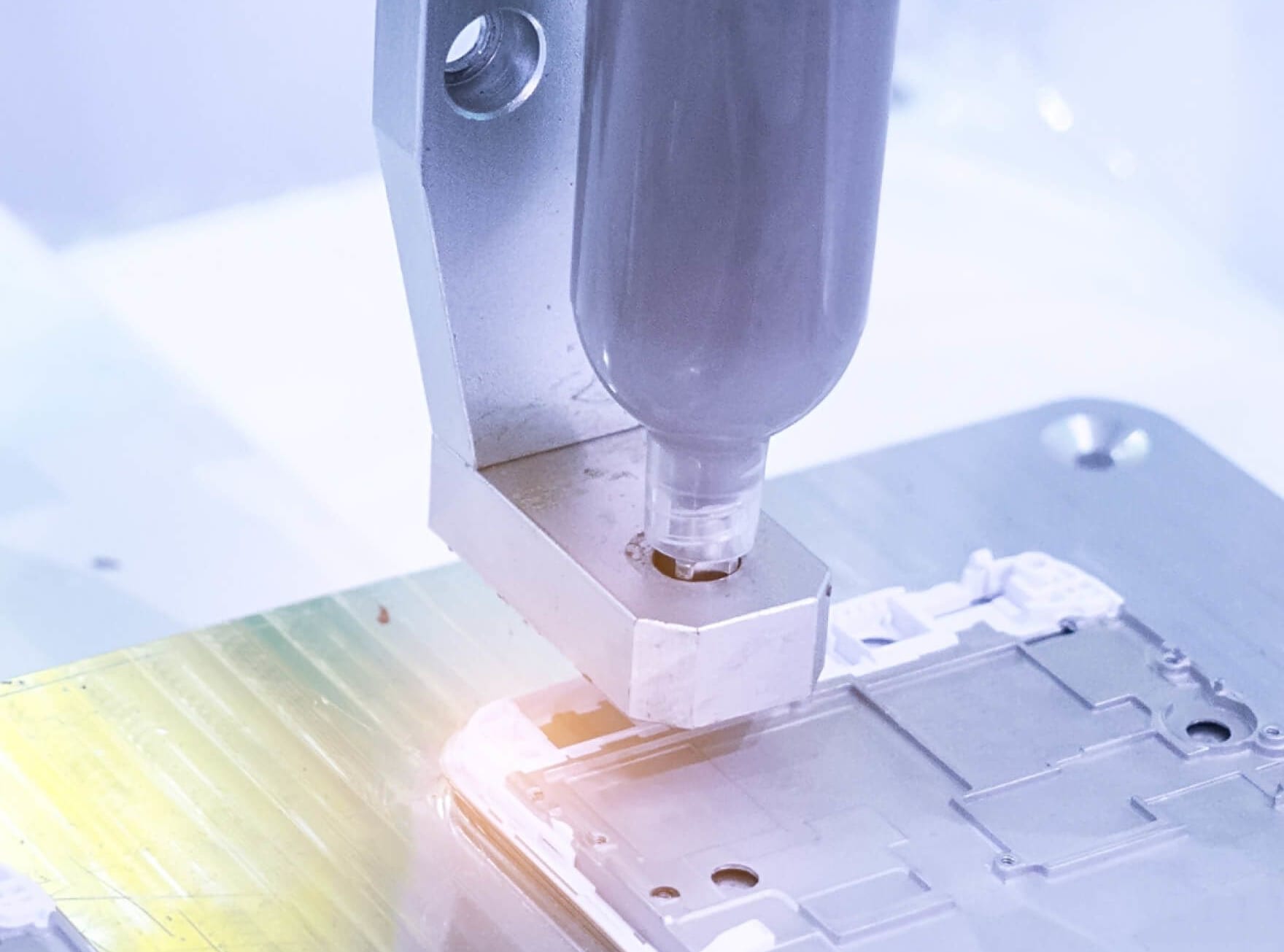Knowde Enhanced TDS
Identification & Functionality
- Chemical Family
- Product Type
- Technologies
- Product Families
Features & Benefits
- Ready-to-Use Product Features
Applications & Uses
- Application Area
- Application Method
- Application Method
- Screen-print
- Preparing Syringes For Use
- To thaw syringes, remove them from the freezer taking care not to handle the body of the syringe (handle from the top and/or the tip) and allow them to acclimate to ambient temperature with the tip down.
- Do not use hands to warm syringe.
- The thawing time for each syringe will vary based on mass and composition but a minimum of 45 minutes for 3cc, 5cc, and 10cc and a minimum of 90 minutes for 30cc syringes should be observed.
- Using a heat source to thaw syringes is not advised.
- Proximity to a heat source during thawing should be greater than 3 feet.
- Although most materials can be refrozen minimizing freeze-thaw cycles is recommended.
- Once material is fully thawed remove protective wrapping.
Properties
- Physical Form
- Typical Properties
- Typical Cured Properties
| Value | Units | Test Method / Conditions | |
| Minimum Cure Temperature | 110 | °C | — |
| Value | Units | Test Method / Conditions | |
| Volume Resistivity (X and Y Axis) | 1x10^12 | Ω - cm | — |
| Volume Resistivity (Z Axis) | 0.0001 | Ω - cm | — |
| Hydrolytic Stability | Excellent | — | — |
| Useful Temperature Range | -55 to 200 | ºC | — |
| Thermal Stability | Good to 250 | °C | — |
Regulatory & Compliance
- Certifications & Compliance
Safety & Health
- Safety & Handling
- Use with adequate ventilation.
- Keep away from sparks and open flames.
- Avoid prolonged contact with skin and breathing of vapors.
- Wash with soap and water to remove from skin.
Storage & Handling
- Shelf Life
- 2 months at 25°C
- Cure Schedule
Not recommended for applications that cannot cure above 110°C.
125°C 5 min. 150°C 2 min. 175°C 30 sec. - Storage
- Upon receipt of shipment, syringes should be unpacked immediately and stored in freezer at -10° C. Do not store syringes in deep freeze (-40°C).
- Do not handle syringes from the body of the packaging. Handle from the ends of the packaging.
- Store syringes vertically (upright) with tip side down. Do not store syringes horizontally (sideways).
- Syringes should be stored in this manner until needed for production. Shelf life of syringes will be indicated on the products technical data sheet.
- Syringes are labeled with product number, lot number, and manufacturing date. It is important that the syringes are used according to earliest manufacturing date, "FIFO" (first in, first out).

